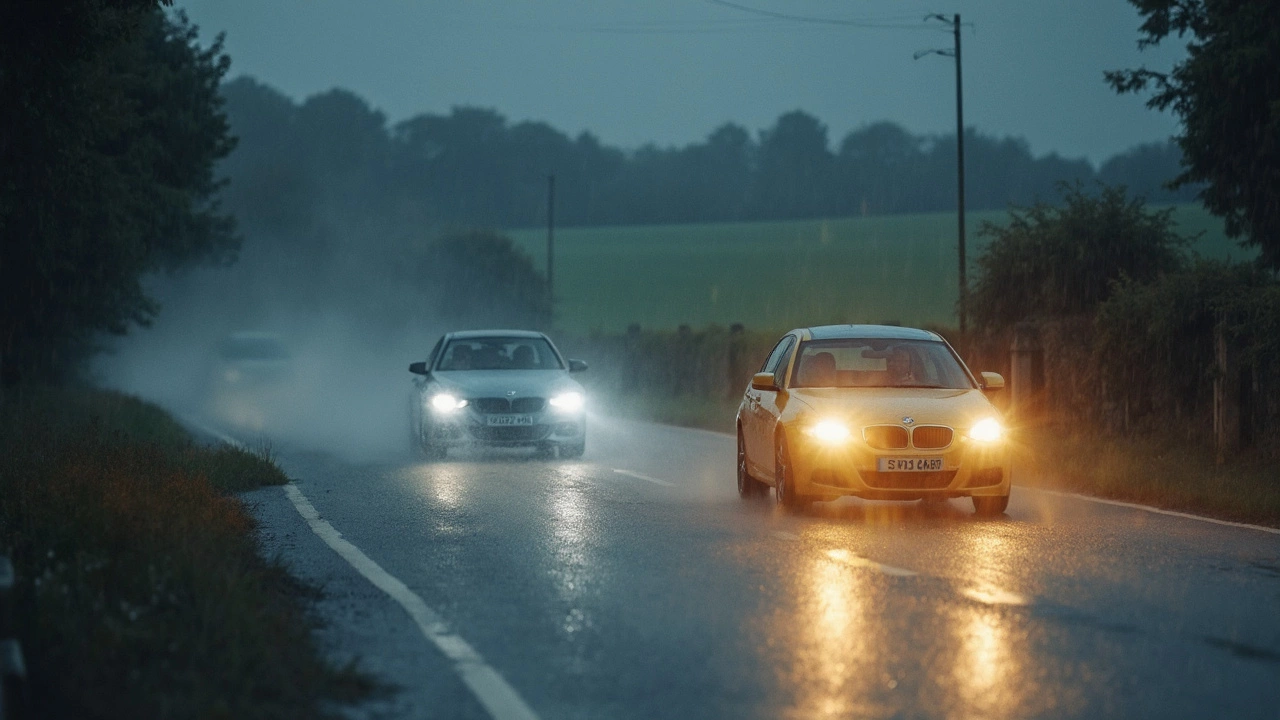Best Headlights: How to Pick the Right Light for Your Car
When you swap out your headlights, you’re not just making your car look cooler – you’re also improving safety. The right lights help you see better at night and make other drivers notice you sooner. Below you’ll get a quick rundown of the main types, what to check before you buy, and some tips for a smooth install.
Types of Headlights
Most drivers run into three choices: halogen, HID (or xenon) and LED. Halogen bulbs are the oldest tech, cheap, and easy to replace. They give a warm glow but can dim over time. HID lights use a gas discharge system, producing a brighter, whiter beam that reaches farther. They’re pricier and need a ballasting kit, but many people love the modern look. LED headlights are the newest breed – they’re energy‑efficient, last a long time, and often come with built‑in styling elements like signature light strips. If you’re on a tight budget, halogen is fine; if you crave performance and style, LED is the sweet spot.
Key Features to Look For
Brightness (lumens): Higher lumen numbers mean a stronger beam. Aim for at least 1,200 lumens per bulb for clear night visibility.
Beam pattern: A good headlight throws a defined low‑beam that covers the road without blinding oncoming traffic. Look for a sharp cutoff line on the top of the beam.
Color temperature: Measured in Kelvin. Halogen sits around 3,000K (warm yellow), HID around 4,000‑5,000K (cool white), and LED can go up to 6,000K (daylight). Choose what feels comfortable for your eyes.
Fitment: Check your car’s manual or a fit‑guide website to make sure the bulb size matches your headlight housing. Wrong size means you’ll have to modify the housing – a hassle most want to avoid.
Legal limits: Some regions restrict brightness or color. A quick search for "headlight regulations" in Nottingham will keep you from getting a ticket.
Once you’ve narrowed down the type and specs, compare a few brands. Look for reviews that mention durability and heat management, because a hot bulb can shorten the life of your headlight housing.
Installation is usually a breeze. For most halogen and LED kits, you just pop the old bulb, plug in the new one, and secure it. HID often needs a separate ballast and wiring, so if you’re not comfortable with a bit of electrical work, let a professional handle it.
After you install, test both low and high beams on a dark road. Make sure the light spreads evenly and doesn’t blind anyone. Adjust the aim if needed – most headlight assemblies have a small screw for fine‑tuning.
Upgrading your headlights can also boost resale value. Buyers notice bright, modern lights, and a clean upgrade signals that the car’s been well cared for.
Bottom line: pick the headlight type that fits your budget, check brightness, beam pattern, color temperature, and legal rules, then install carefully. You’ll get safer night driving and a fresher look without breaking the bank.
Picking the best color for LED headlights isn't just about looks; it's about visibility and safety, too. This article breaks down the real impact of different headlight colors, backed by both practical experience and research. You'll find out why some colors work better in bad weather, how color affects eye comfort, and what the law says about your options. Make your next headlight upgrade a smart one by learning what really matters.

